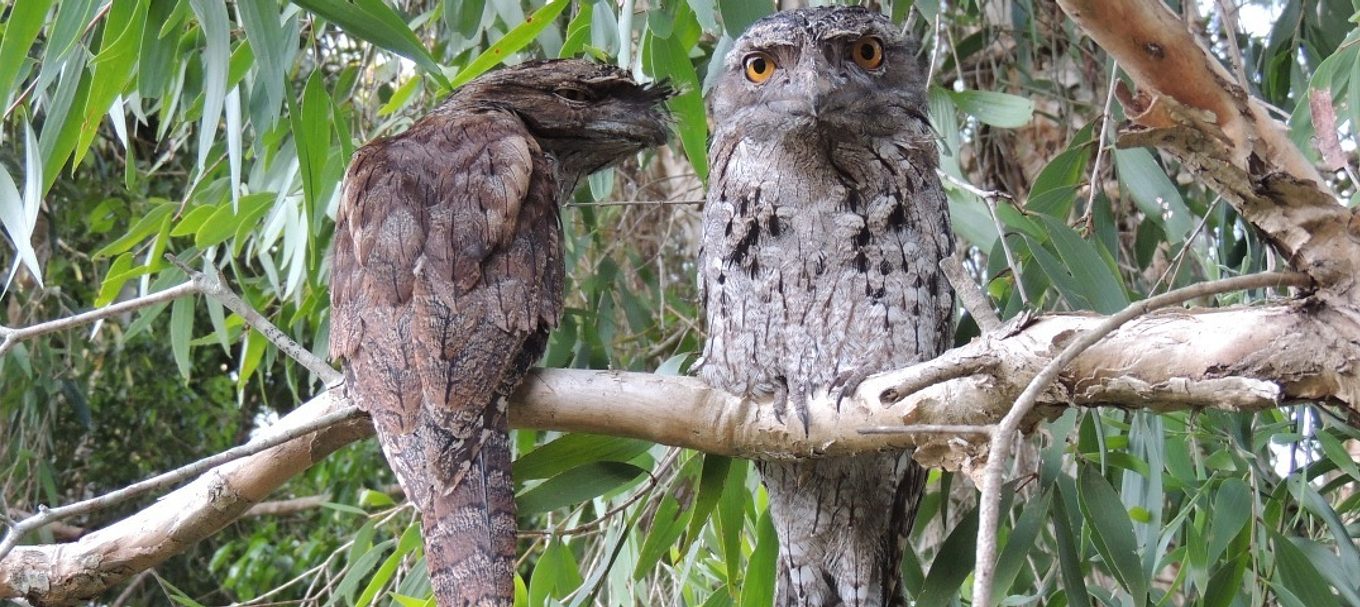
5 nocturnal birds found in South Australia that love the winter solstice
Discover 5 common native nocturnal birds that will be loving the long dark nights as we humans hibernate inside.
The winter solstice is upon us. June 21. The day with the least daylight hours. The longest night. The stark reminder that winter is well and truly here.
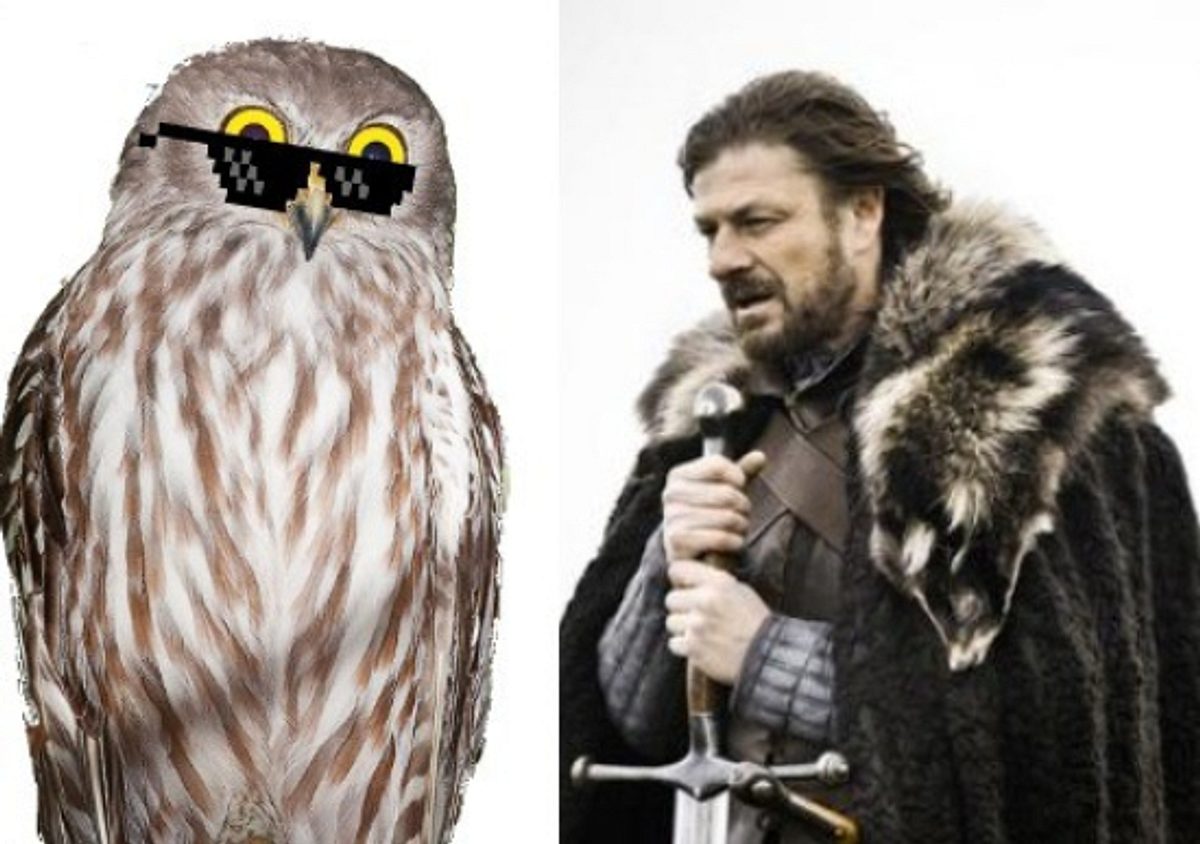
It’s dark by 10 past 5 in the evening. We draw the curtains and huddle around the fireplace, rugged up in our trackies and ugg boots.
But while we humans are waiting for the days to get longer again and summer to return, many of our native nocturnal birds are relishing in the long nights.
So, let’s meet some of these night-loving birds that call South Australia home:
1. Tawny frogmouth
Conservation Status – SA Secure
One of the most known species of nocturnal bird, the tawny frogmouth (Podargus strigoides), is in fact not an owl.
They’re actually more closely related to nightjars as their feet are weak and lack the curved talons of owls.
The tawny frogmouth is found throughout Australia, including Tasmania and can be seen in almost any habitat type except the denser rainforests and treeless deserts.
During the day, they perch on tree branches, often low down, camouflaged as part of the tree.
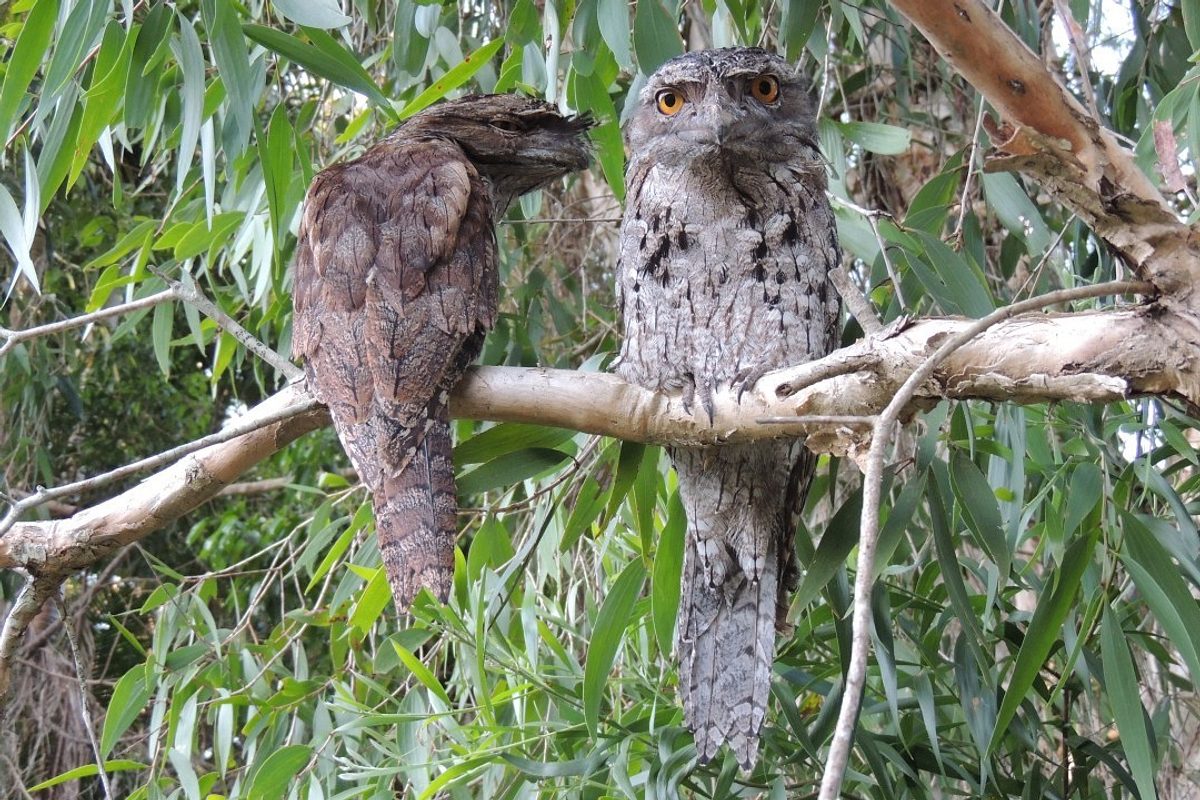
2. Southern Boobook
Conservation Status – SA Secure
The southern boobook (Ninox novaeseelandiae) is Australia’s smallest and most common species of owl and is found throughout mainland Australia and Tasmania, and on some coastal islands.
Southern boobooks can live in a wide variety of habitats including rainforests, semi-deserts, farmland and even city parks.
Despite being common and widespread, they are often hard to see during the day as they generally roost well-hidden in dense foliage.
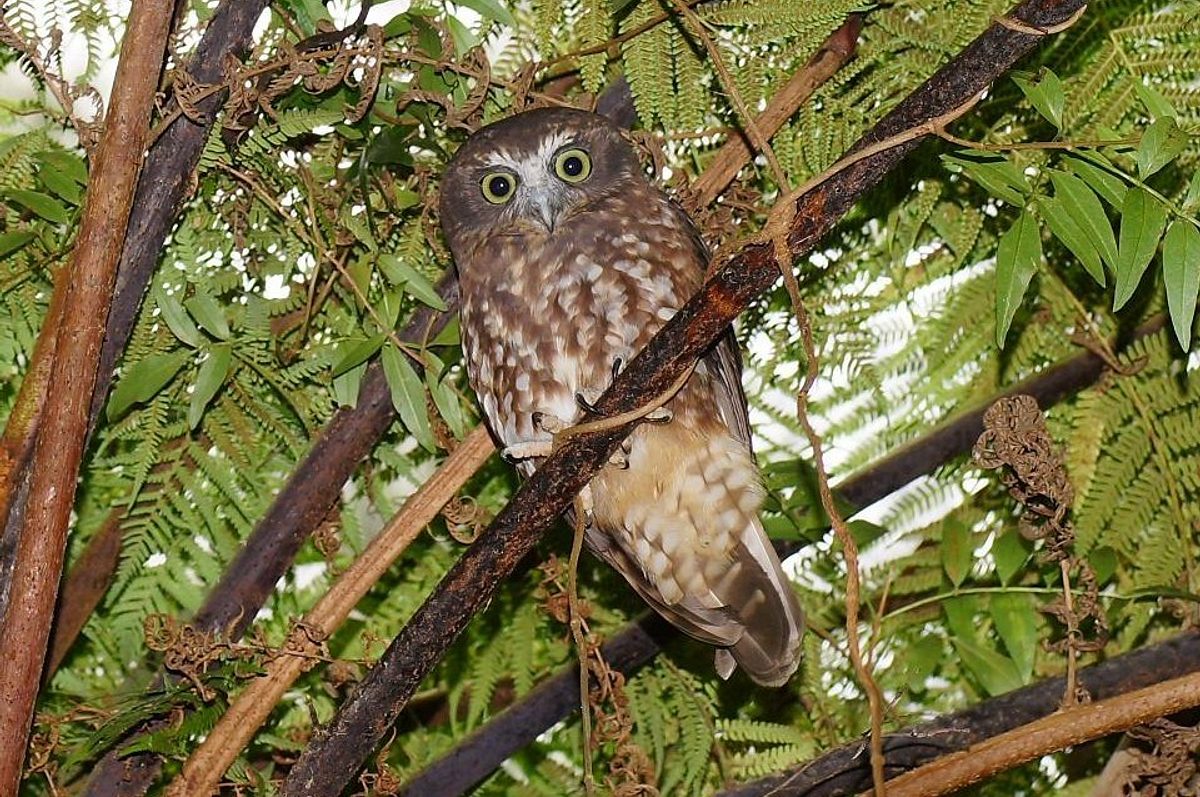
3. Barn owl
Conservation Status – SA Secure
The barn owl (Tyto alba) is one of the world’s most widespread species of owls.
Barn owls are common throughout mainland Australia, though are only irregular visitors to Tasmania.
Preferring open habitats, barn owls often inhabit grasslands and farmland, especially in crops that might attract rodents, or pasture. They also occur in open woodlands where there is a grassy understorey.
At night, its pale form may be glimpsed in a car’s headlights while it’s flying silently over open country, especially grassy areas and farmland on all continents (except Antarctica).
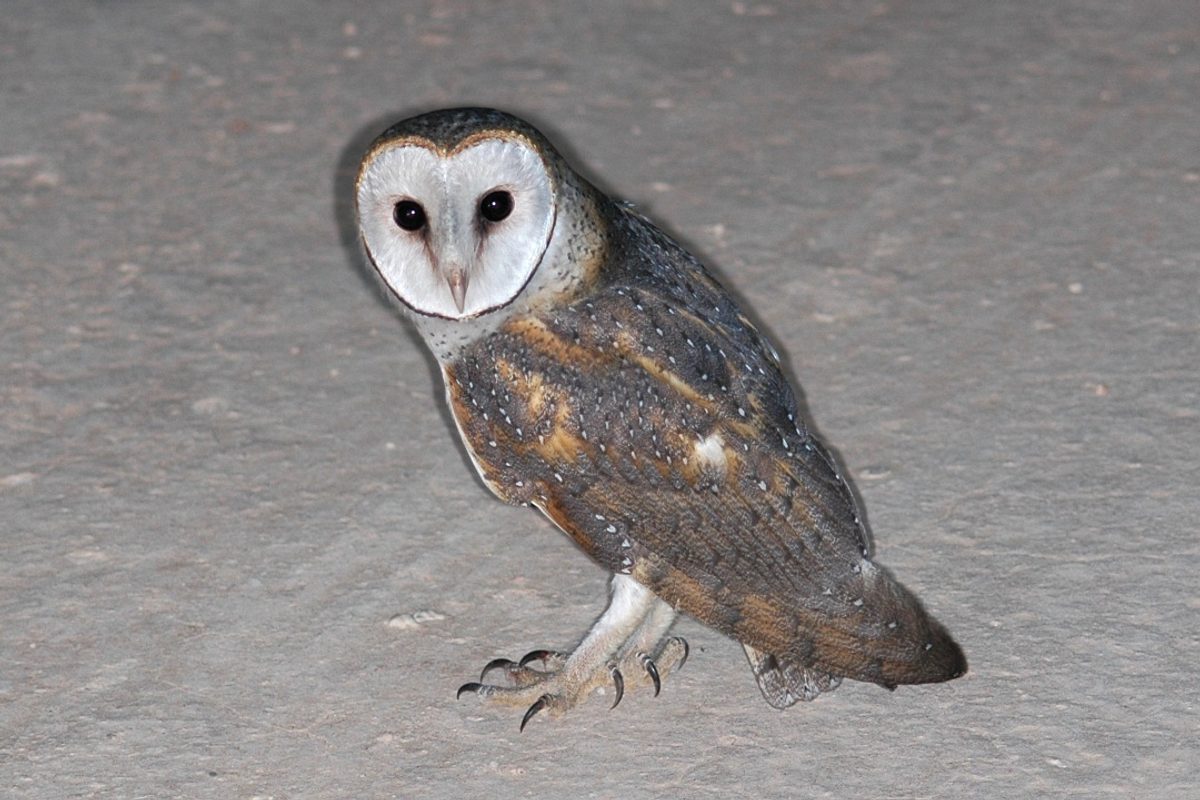
4. Spotted nightjar
Conservation Status – SA Secure
The spotted nightjar (Eurostopodus argus) is a small nightjar that is fairly common in inland Australia.
They are often found in drier inland areas from woodlands to deserts but the species generally avoids dense grasslands and tall, closed forest.
They can be seen at dusk hawking for insects, which they snatch from the air while in flight.
During the day they roost on the ground and, due to their great camouflage, are normally not noticed until they are nearly stepped upon and fly off.
They occur throughout the hot inland areas and often roost in exposed stony sites.
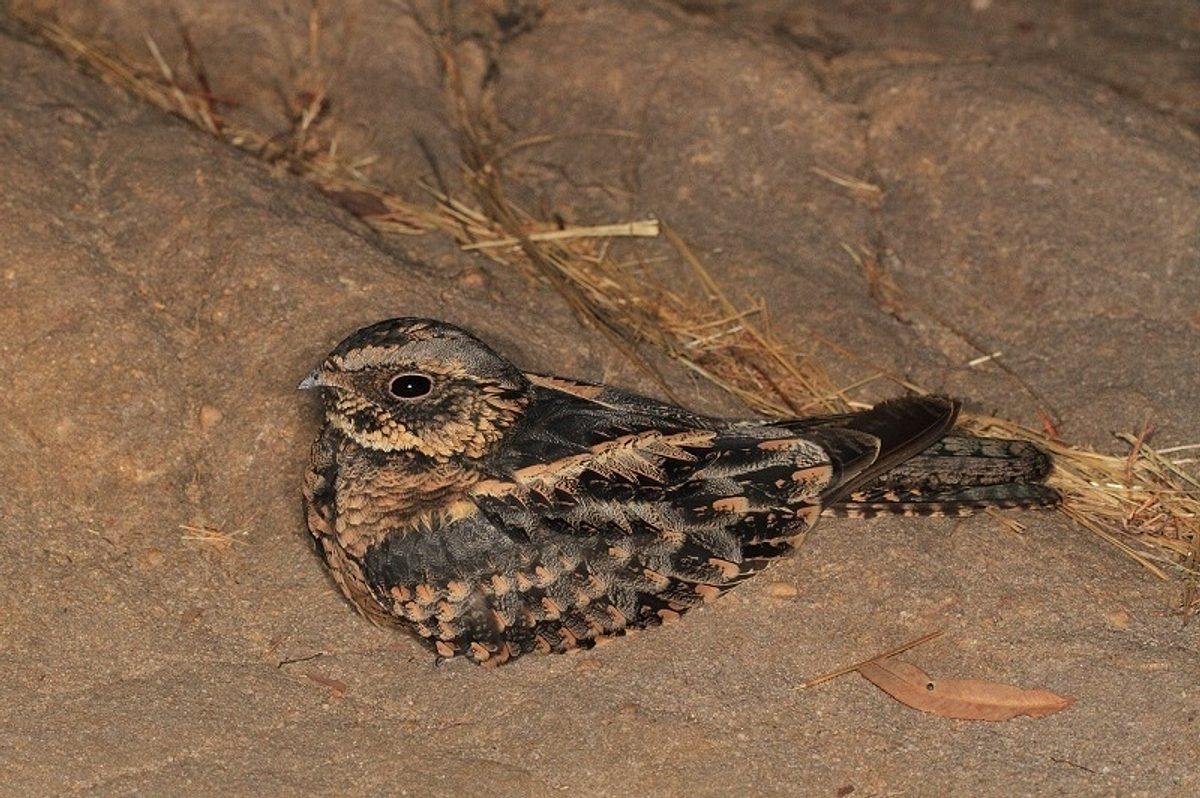
5. Owlet nightjar
The Australian owlet-nightjar (Aegotheles cristatus) is one of Australia’s most widespread nightjars, yet is the smallest of the nocturnal birds found in Australia.
It looks like a miniature owl with cat-like whiskers and lives in woodlands, forests and scrublands with suitable nesting and roosting hollows.
Even though they’re nocturnal, you’d be lucky to see one of these cautious critters at night.
You’re much more likely to hear their grating or purring calls that makes the hairs of your neck stand up.
Owlet-nightjars are more often seen during daylight hours, when they are easily disturbed at their roosts in hollow branches.
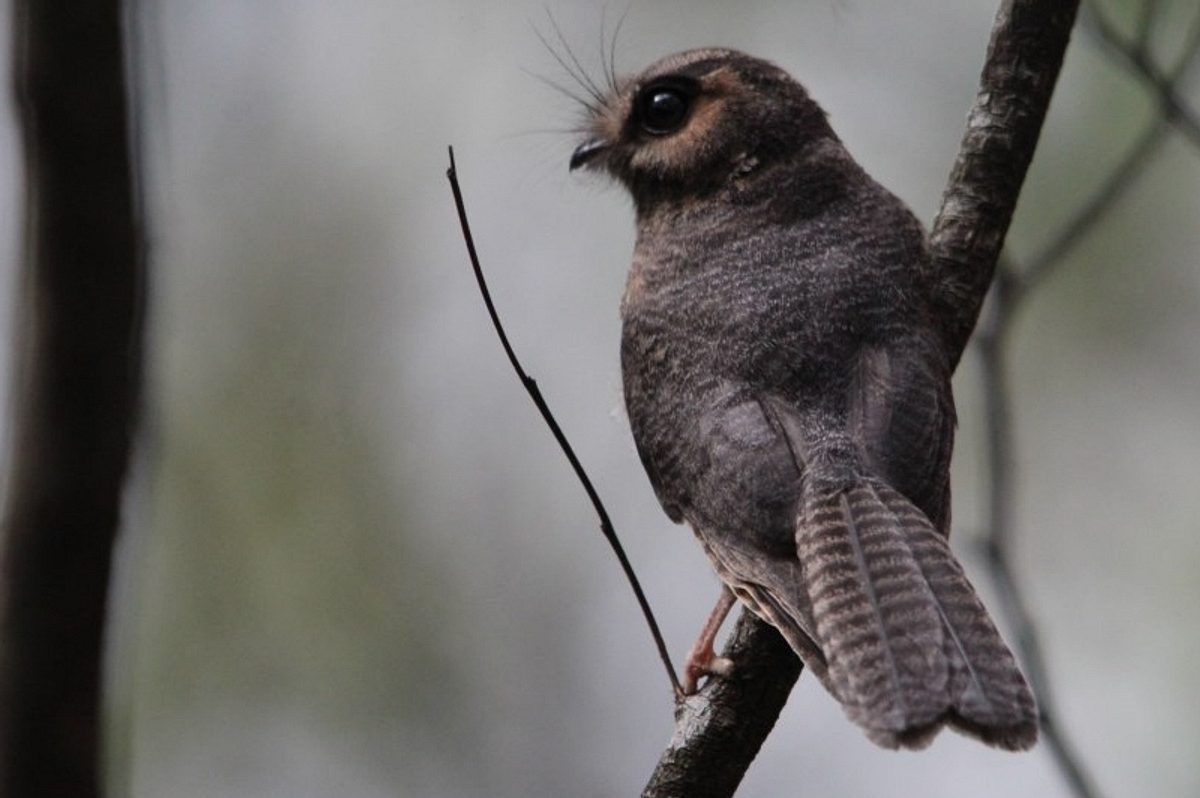
BONUS Bird – Bush stone-curlew
Conservations status – near threatened, rare.
The bush stone-curlew (Burhinus grallarius), or bush thick-knee, is a large, slim, mainly nocturnal, ground-dwelling bird found on Kangaroo Island and other some parts of Australia.
They are considered endangered in NSW and near threatened in SA, WA and NT.
Most active at night, usually alone or in pairs, during winter they may form small groups.
They live in open woodlands, grasslands, and occasionally in coastal areas and mainly eat seeds and insects.
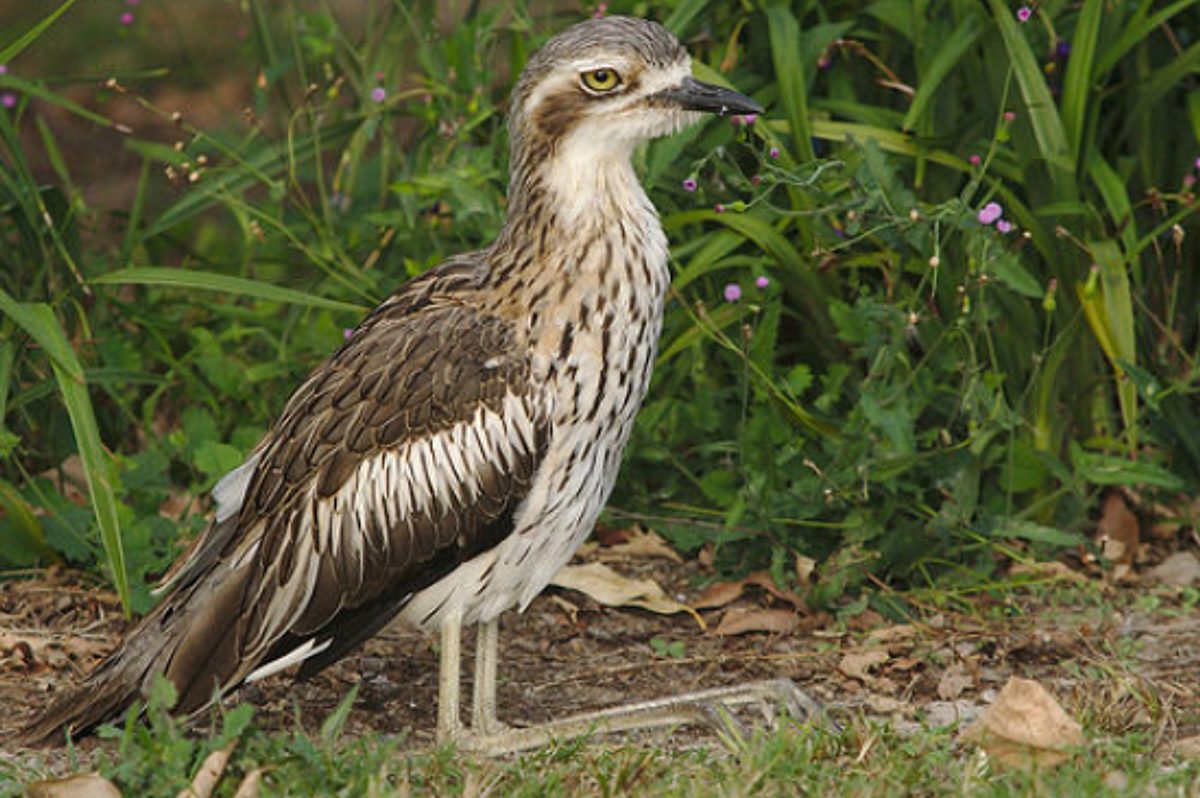
If you love to learn about the species that call South Australia home, be sure to check out our library ofAnimal Encountersstories.
Main image courtesy ofDonna-Maree Tomkinson/Atlas of Living Australia





